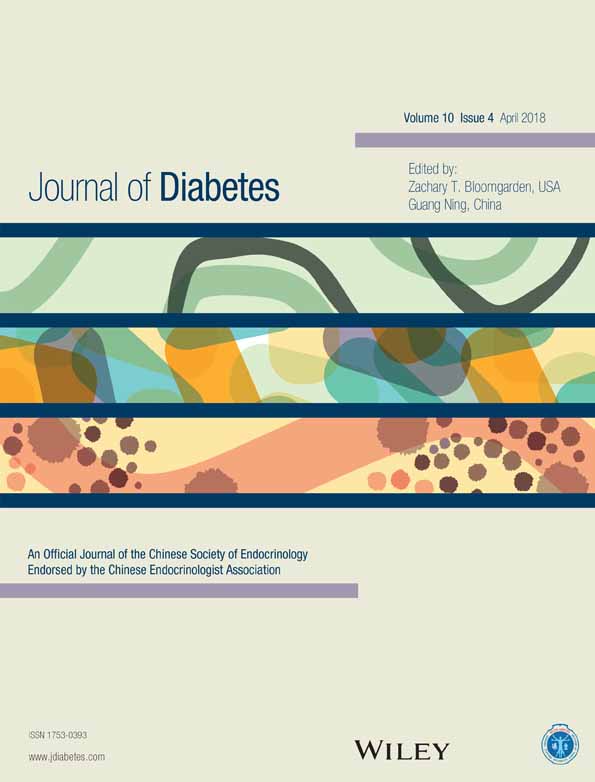Cost-effectiveness of prevention and management of diabetic foot ulcer and amputation in a health resource-limited setting
卫生资源有限条件下预防和治疗糖尿病足溃疡和截肢的成本效益分析
Abstract
enBackground
The aim of the present study was to estimate the lifetime health and economic effects of different strategies of caring for diabetic foot in the Chinese setting.
Methods
A mathematical model was developed to simulate the onset and progression of diabetic foot disease in patients with type 2 diabetes managed with optimal care and usual care. Clinical and utility data were obtained from the published literature. Direct medical costs and resource utilization in the Chinese healthcare setting were considered. Sensitivity analyses were undertaken to test the effects of a range of variables and assumptions on the results. Heath benefits and costs were the outcome measures assessed.
Results
Compared with usual care, optimal care was a cost-saving option that exhibited lower costs with improved health benefits, including greater quality-adjusted life-years (QALYs) and reduced incidence of foot complications. The lifetime saving costs per additional QALY gained by optimal care were US$2015. The model outcome was most sensitive to the risk ratio of foot ulcers and amputation for optimal care over usual care.
Conclusions
Implementing guideline-based optimal care for diabetic foot is likely to be cost-effective in a health resource-limited setting.
摘要
zh背景
本研究旨在评估不同管理方案对中国糖尿病足病的健康结局和经济负担的影响。
方法
本研究从已发表的文献中收集临床和健康效用数据, 并纳入中国社会医疗保障制度下医疗资源的利用和医疗花费数据, 通过构建糖尿病足的卫生政策利用数学模型, 模拟2型糖尿病患者在最佳管理和常规管理方案下糖尿病足发生发展的疾病过程。通过敏感性分析来检验模型中变量和假设对结果的影响。该模型采用增量成本效果比作为经济学的评价指标。
结果
与常规管理相比, 最佳管理方案可增加质量调整生命年, 减少糖尿病足相关溃疡和截肢的发生率, 同时能节约卫生成本。最佳管理方案可以在增加一个质量调整生命年时节约卫生成本2,015美元。最佳管理与常规管理方案的足部溃疡和截肢的风险比对模型结果影响最大。
结论
在卫生资源有限的环境下, 实施符合指南规范的糖尿病足最佳管理方案是具有性价比的选择。




